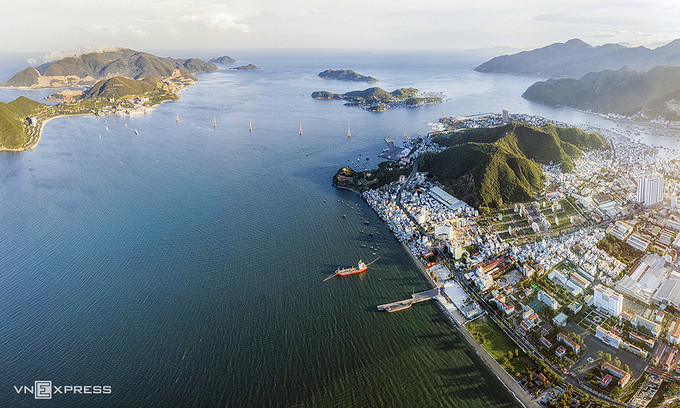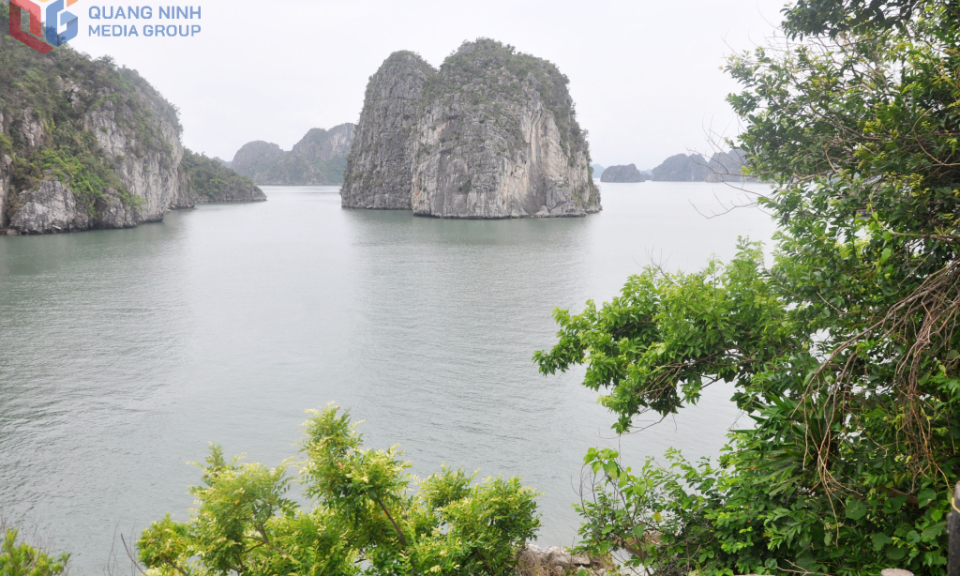Turtle egg-laying beach proposed in Nha Trang Bay
Nha Trang Bay's management board has suggested a safe area for sea turtles to lay eggs in an effort to protect the endangered species.
In a statement sent to Nha Trang's administration, the board said the area should be established on Tre Islet off the town, a tourist attraction on Vietnam's central coast.
Huynh Binh Thai, head of the board, said in recent years, sea turtles have been spotted more than a few times along Bang Beach on the islet, but due to human activities, the turtles have had difficulties laying their eggs.
He said a separated, protected egg-laying area for them should be set up soon to lure more turtles back as naturally, some sea turtles would return to the beach where they were born to nest and the process takes around 30-35 years.
He added the move would fall in line with a government program approved in 2019 to protect endangered sea turtles in Vietnam until 2025 and with a vision until 2030. The objective of the program is to protect Vietnam's endangered turtle populations and ensure their habitats will develop sustainably, contributing to the conservation of Vietnam's biodiversity.
As one of 16 marine protected areas of Vietnam, Nha Trang Bay spreads over almost 350 square kilometers.
The bay used to receive sea turtles that come to lay eggs decades ago but fewer and fewer have returned.
Nearly all species of sea turtles are now classified as endangered, with three of the seven existing species being critically endangered, according to the World Wildlife Fund (WWF).
Over the last 200 years, human activities have tipped the scales against the survival of these ancient mariners. Slaughtered for their eggs, meat, skin, and shells, sea turtles suffer from poaching and over-exploitation. They also face habitat destruction and accidental capture—known as bycatch—in fishing gear. Climate change has an impact on turtle nesting sites; it alters sand temperatures, which then affects the sex of hatchlings, the WWF said.






